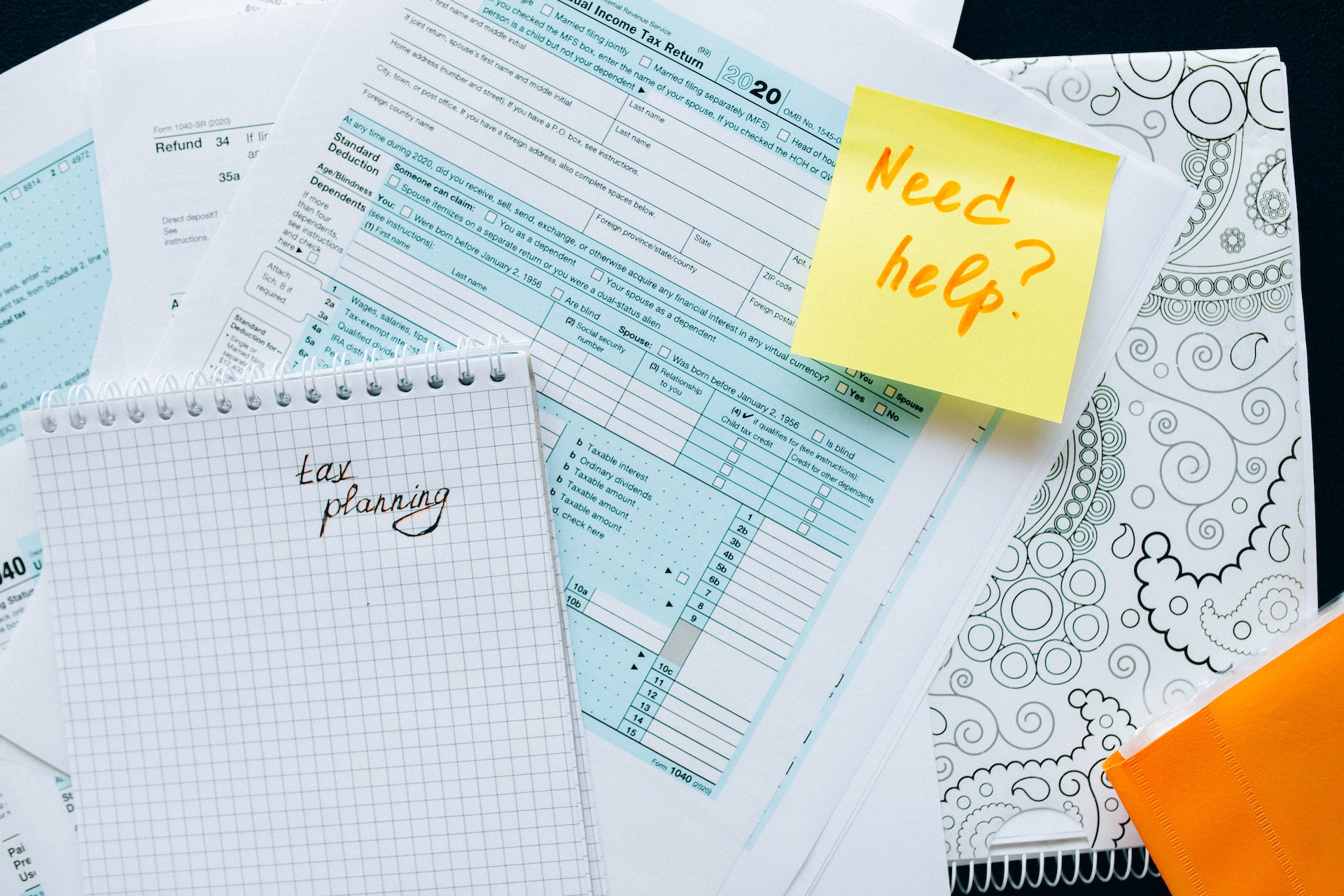Understanding Cash Received: Beyond Face Value
In 1031 exchanges, the term “cash received” goes beyond its apparent meaning. Many people, including tax professionals, assume it is simply the amount sent to the accommodator by the escrow company. However, there is a specific formula for calculating cash received. Cash received is not the same as the actual amount received by the accommodator. Failure to recognize the difference between cash received and the amount the accommodator receives will result in the calculating the wrong amount of boot and the wrong basis for the replacement properties.
Demystifying Boot: More Than Just Unreinvested Cash
Boot is a term often associated with cash that is not reinvested and is subject to taxation. However, in reality, boot represents the difference between the cash received from the relinquished property and the cash given for the replacement properties. Since cash received is typically higher than the amount reinvested, most exchanges involve some boot.
Boot may also come from not purchasing enough replacement property. IRS regulations state that you must purchase replacement properties with a value at least as much as the net sale price of the property you sold or relinquished. In practice this means if you have debt on the relinquished property you have to replace that debt when you purchase replacement property(ies).
Leveraging Exchange Expenses: Offsetting Boot for Tax Savings
Exchange expenses refer to the costs that are not directly related to the purchase or sale of properties involved in the exchange. These expenses can offset boot, but it is essential to determine how they were paid. If exchange expenses were paid from cash received, they simultaneously create and shelter boot. Understanding the role of exchange expenses and utilizing them strategically can result in significant tax savings.
Calculating Taxable Boot: Essential Lines on Form 8824
To accurately report taxable boot on Form 8824, investors need to understand the information required on three essential lines. Line 15 represents the taxable boot, which is the difference between the cash received and the cash paid for the replacement properties. Line 16 indicates the purchase price of the replacement properties. Line 18 represents the basis of the property sold, plus any excess basis. Proper calculations of these lines are crucial for accurate reporting and maximizing tax benefits.
Navigating Purchase Price and Basis Calculation
Determining the purchase price of the property received (line 16) and calculating the basis (line 18) are more complex tasks in the 1031 exchange process. These calculations require a comprehensive understanding of the terms used in exchanges and interpreting the information provided on escrow statements. It is crucial to rely on specialists with expertise to navigate these complexities accurately.
The Importance of Seeking Specialist Guidance
Given the intricate nature of Form 8824 and the calculations involved, it is paramount to seek the guidance of specialists in 1031 exchanges. At Exchange Planning Corporation, our team of experts has extensive knowledge and experience in maximizing tax benefits through meticulous analysis and strategic planning. Partnering with us ensures that you have access to the expertise needed to navigate Form 8824 and achieve optimal tax savings.
FAQ
Q: What is the significance of Form 8824 in a 1031 exchange?
A: Form 8824 is the document used to report Like-Kind Exchanges to the IRS. It requires accurate calculations of taxable boot, purchase price, and basis of replacement properties, among other essential information. Properly completing Form 8824 is crucial for complying with IRS guidelines and maximizing tax benefits.
Q: How do exchange expenses impact tax savings?
A: Exchange expenses can offset boot, providing potential tax savings. However, understanding how exchange expenses were paid and strategically utilizing them is essential. Consulting with specialists at Exchange Planning Corporation can help you leverage exchange expenses for maximum tax benefits.
Q: What are the key lines on Form 8824 for calculating taxable boot?
A: Lines 15, 16, and 18 on Form 8824 are crucial for calculating an exchange . Line 15 represents the taxable boot, line 16 represents the purchase price of the replacement properties, and line 18 represents the basis of the property sold, plus any excess basis. Accurate calculations of these lines is essential for proper reporting and maximizing tax benefits.
Q: Why is seeking specialist guidance important for Form 8824?
A: Form 8824 and the calculations involved can be complex and nuanced. Seeking specialist guidance ensures accurate reporting, compliance with IRS regulations, and the ability to identify opportunities for maximizing tax savings. Exchange Planning Corporation has the expertise to navigate these complexities and provide tailored guidance for optimal results.














